Can Tho A two-day-old baby girl has jaundice and chest retraction due to having blood type A, which is incompatible with her mother's blood type O, and is at risk of death.
On August 7, Dr. Ngo Quy Phong, Can Tho Children's Hospital, said the baby girl weighed 3.5 kg and was admitted to the hospital at two days old. Her mother had a ruptured ectopic pregnancy about two months before becoming pregnant with her.
The test showed that the baby's blood bilirubin index (a yellow pigment produced by the natural breakdown of red blood cells) was high. The doctor diagnosed the baby with hemolytic neonatal jaundice due to ABO blood group incompatibility with the mother.
Maternal-fetal blood group incompatibility is a phenomenon in which the fetus's blood group is incompatible with the mother's blood group. In particular, ABO blood group incompatibility often occurs in mothers with blood group O and children with blood group A or B. The reason is that in mothers with blood group O, the 7S-IgG isoantibody (small in size) is dominant, capable of passing through the placenta causing hemolytic anemia and jaundice in the newborn. Meanwhile, the isoantibodies of mothers with blood group A or B are large in size, so they cannot pass through the placenta causing this disease.
Like the baby above, the 7S-IgG antibody causes anemia, making the baby severely jaundiced. According to Dr. Phong, if left untreated, the amount of bilirubin will continue to increase, seeping into the brain's blood causing brain poisoning, leading to irreversible neurological complications, and even death. If detected and treated early, the amount of bilirubin in the blood will quickly decrease and be eliminated without causing any consequences.
Children with this disease are treated with phototherapy and whole blood transfusion to remove bilirubin that has formed in the blood, as well as remove from the child's body red blood cells that have been attached to antibodies or have broken down a large amount of antibodies that cause hemolysis in the child. Phototherapy also helps treat anemia. The amount of blood exchanged is usually 160-200 ml/kg, which is twice the amount of blood in the child.
For this child, the doctor performed a relatively large blood transfusion, about 560 ml. At the same time, the child was continuously exposed to phototherapy, given antibiotics, and given intravenous nutrition. After 16 days of treatment, the child's condition improved, his health stabilized, and he was discharged from the hospital.
Mother-child blood group incompatibility can be detected by blood tests during pregnancy, and early treatment in the womb to ensure the baby's health at birth. Newborns need to be closely monitored to detect and promptly treat severe jaundice. In the first birth with ABO blood group incompatibility, the mother should have the second birth far from the first to reduce the amount of antibodies in the body.
Le Phuong
Source link


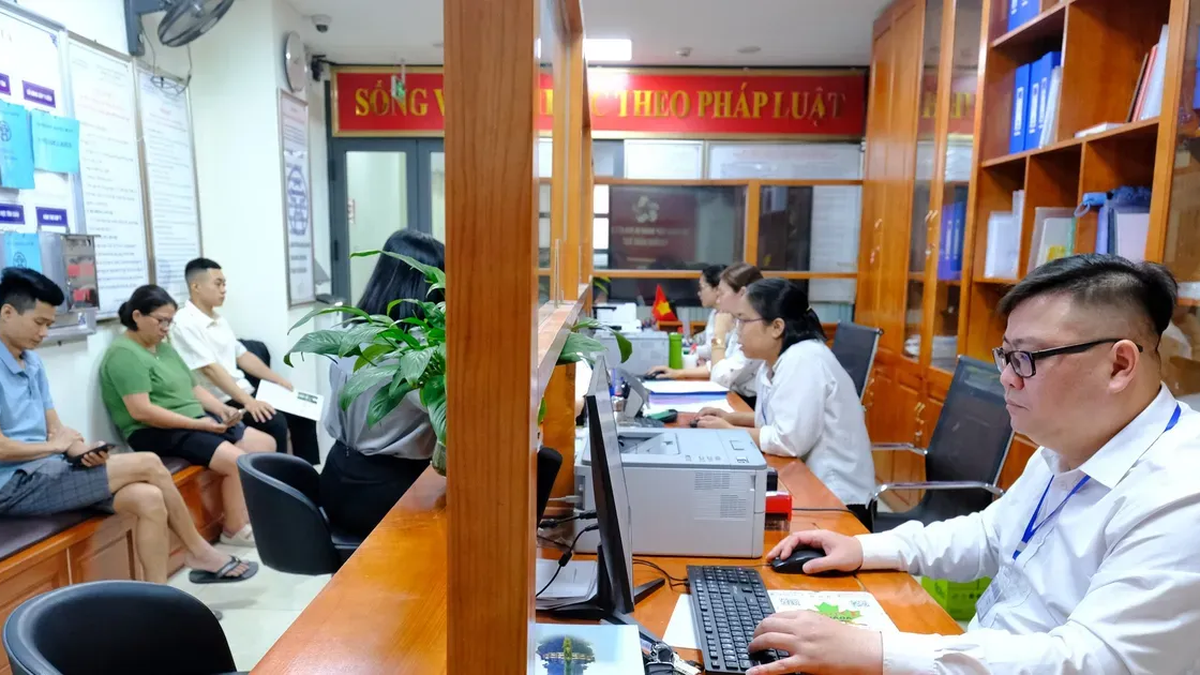


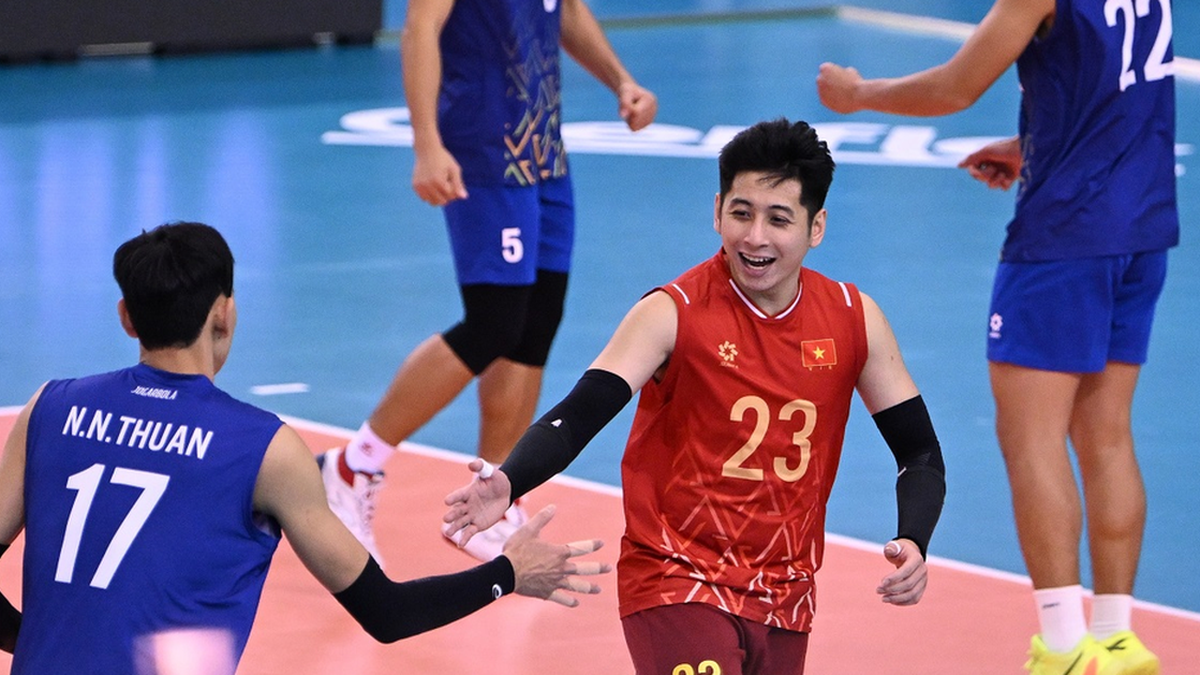
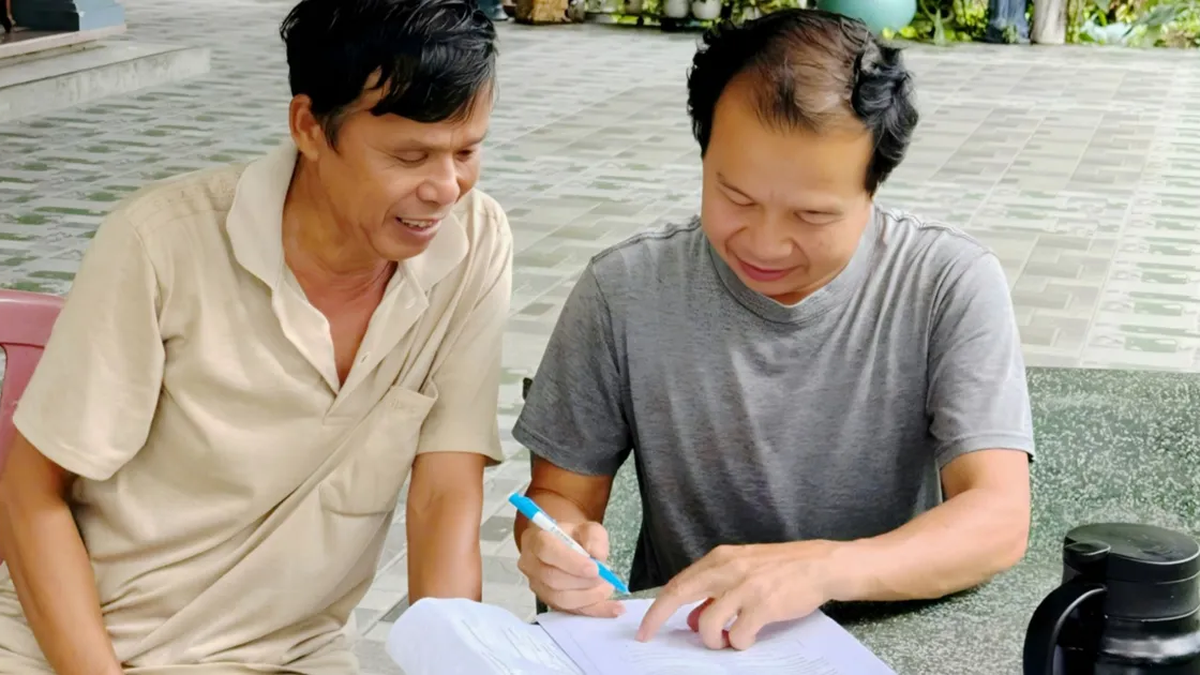



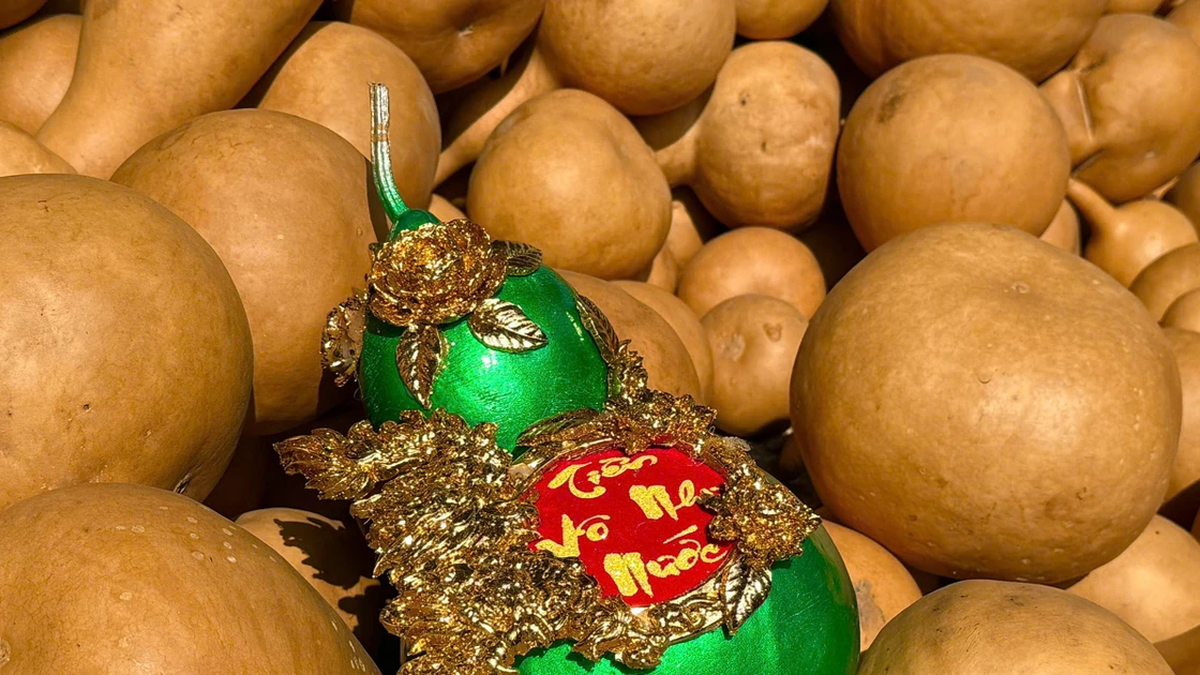





















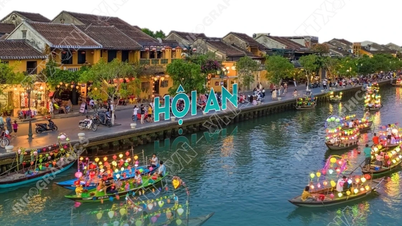

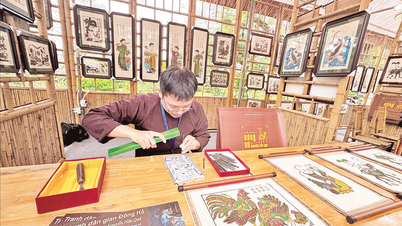


















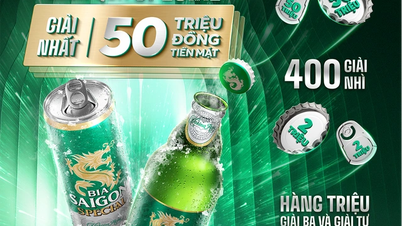
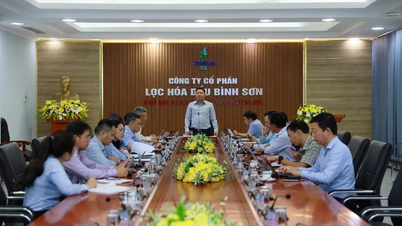




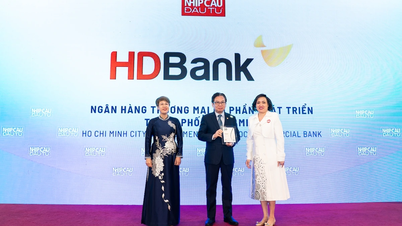













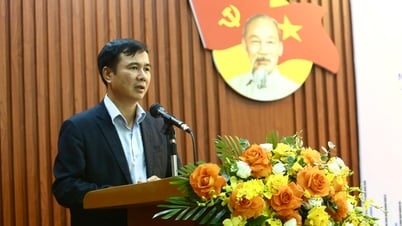


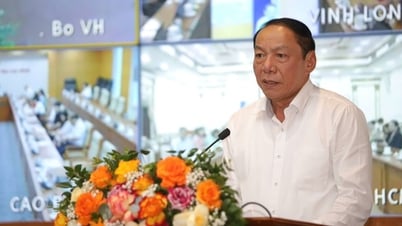





















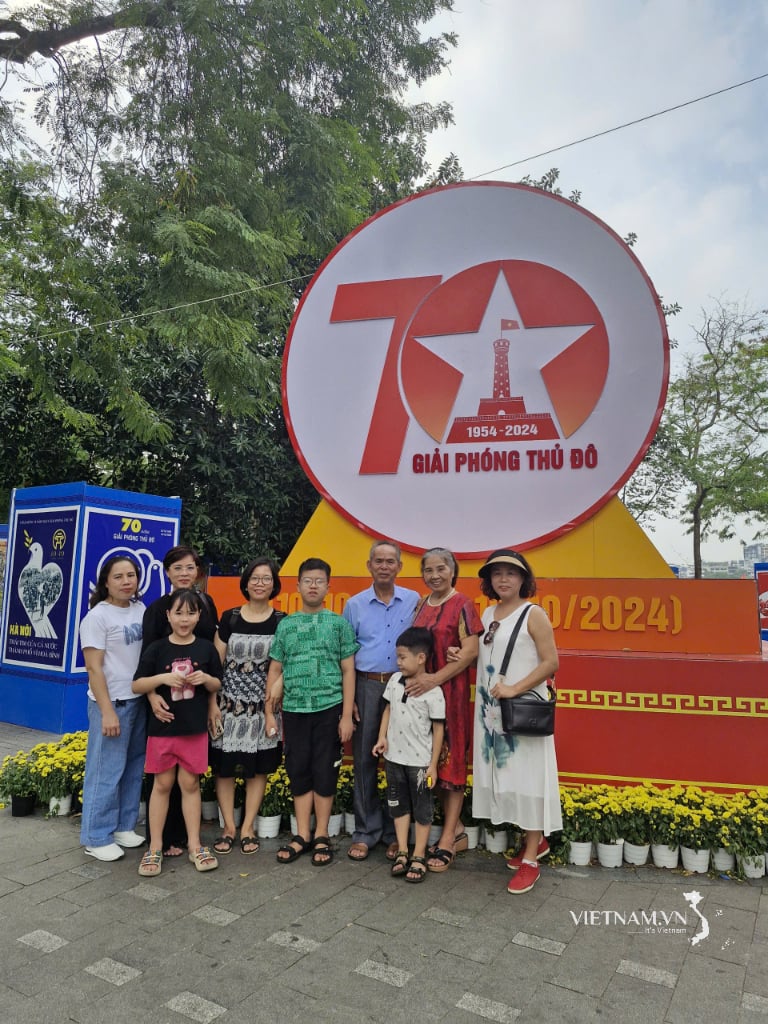
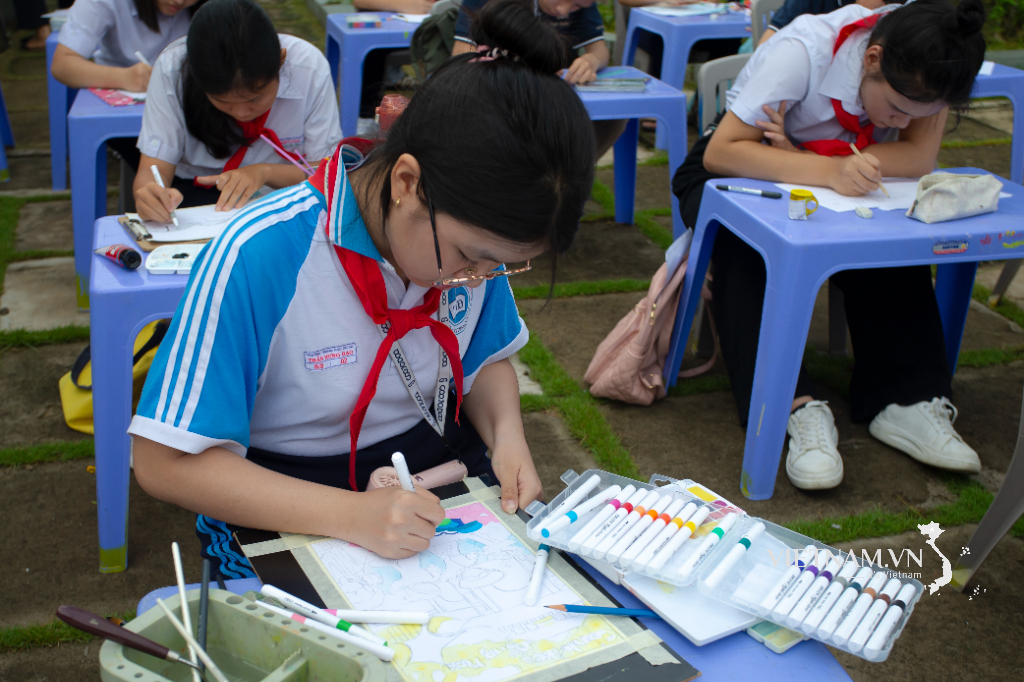

Comment (0)